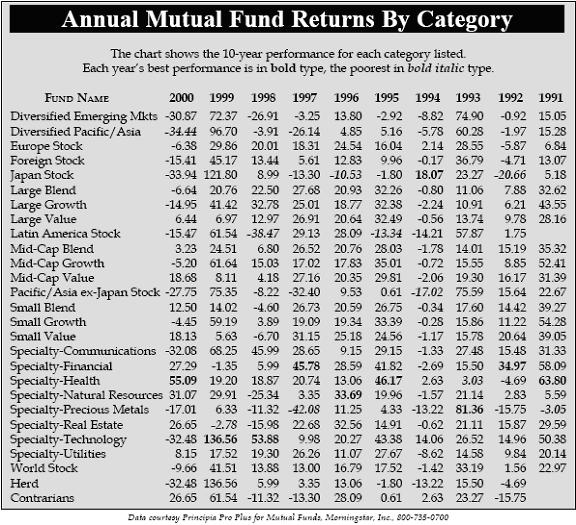The recent downfall of a short-term funding company and an investment firm may seem to have little in common at first glance. But a closer look suggests that both are indicators that some investors are looking for yield in all the wrong places.
In early March, United Kingdom-based Greensill Capital experienced a severe funding crisis and filed for insolvency, a process similar to U.S. bankruptcy. The firm helped companies with short-term loans, carrying a typical maturity of 90 days. This model is known as supply-chain finance. Greensill packaged these loans into bondlike securities and sold them to investors.
The funding crisis followed Credit Suisse’s decision to freeze $10 billion in Greensill-linked investment funds after Greensill lost its credit insurance coverage. The investment bank also expressed concerns about Greensill’s significant exposure to a particular U.K. steel magnate. Another major investor, GAM Investments, announced it would wind down its Greensill fund too. It is not yet clear what kind of losses the Credit Suisse and GAM funds will face, but the funds are currently frozen and investors are unable to access their money. Greensill itself, which had been valued at $4 billion, is in talks to sell its intellectual property and technology platform to Apollo Global Management for $60 million.
A few weeks prior, investment firm Infinity Q Capital Management stopped redemptions on its flagship mutual fund, the Infinity Q Diversified Alpha Fund. The company, which had roughly $3 billion in assets under management and $1.8 billion in the fund in question, learned that its chief investment officer had been “adjusting parameters” of its pricing models. As a result, investors likely got incorrect valuations for illiquid derivatives in the fund’s portfolio. Halting redemptions is an extreme step for a mutual fund company, suggesting that that underlying issues were serious.
The Wall Street Journal reported that the firm’s website once read that “the Infinity Q Diversified Alpha Strategy launched in October 2014 to provide returns that are ‘uncorrelated to equity and fixed income markets.’” (The site has since been replaced with a notice about the halt on redemptions and an indication that the company is working on a liquidation plan.) The idea was that, by investing in derivatives, the fund could work around constraints on both the stock market and the bond market to earn profits regardless of the environment. Unfortunately for investors, the “black box” nature of the fund’s strategy left it vulnerable to catastrophe. Investors had no way of evaluating what they actually owned.
The struggles of Greensill and Infinity Q are symptoms of a larger problem. Just as people stuck inside at home too long can make unwise choices out of restlessness, some fixed-income investors have lived in a low interest rate world so long that they have gotten fidgety. Credit Suisse’s Greensill funds targeted returns of between 0.8% and 1.5% above benchmark short-term interest rates, The Wall Street Journal Reported. Meanwhile, Infinity Q offered the promise that derivatives would let investors secure a better return than bonds without the risk of stocks. Yet since derivatives seldom trade, valuing them became a matter of trusting the fund manager. In this case, it seems that trust was misplaced.
Federal Reserve Chairman Jerome Powell continues to affirm that the central bank will keep interest rates low until the economy reaches certain employment and inflation benchmarks. He has avoided a specific time frame but continues to emphasize that interest rates will not rise anytime soon. This follows years of rock-bottom rates that had only slowly begun to lift in the wake of the Great Recession.
Some investors seem to have developed a strain of financial cabin fever as a result. They are stretching for yield, but as cases like Greensill and Infinity Q illustrate, pursuing riskier options can backfire dramatically. These are not the only indicators pointing toward this conclusion. High-yield bonds – often called “junk bonds” – recently saw their yields drop below 4% for the first time. That is a paltry potential upside for an asset class built on loans where at least some borrowers are nearly sure to default. Why take on the risk for so little reward? In at least some cases, investors seem to be making bad choices because they’re restless.
Is it frustrating to get barely above a 0% yield on cash and fixed-income investments? Sure. But context matters. Inflation also remains low – 1.4% annually as of the last measure from the Bureau of Labor Statistics – and shows no signs of spiking. That means the opportunity costs of forgoing higher yield are relatively small. Investing in bonds with little to no yield is disappointing, but for now, inflation is not steeply undermining such investments’ future buying power.
Investors chasing higher yields should consider why they are including fixed-income assets in their portfolios in the first place. Fixed-income can serve as a portfolio’s ballast. We believe that stocks are where investors should look for long-term growth and opportunities to be aggressive. Bonds help ensure that the portfolio does not capsize if some of those stock investments go sour. If you maintain this goal with bond investing, you are less likely to take unnecessary risks and get burned when a fund goes up in flames.







